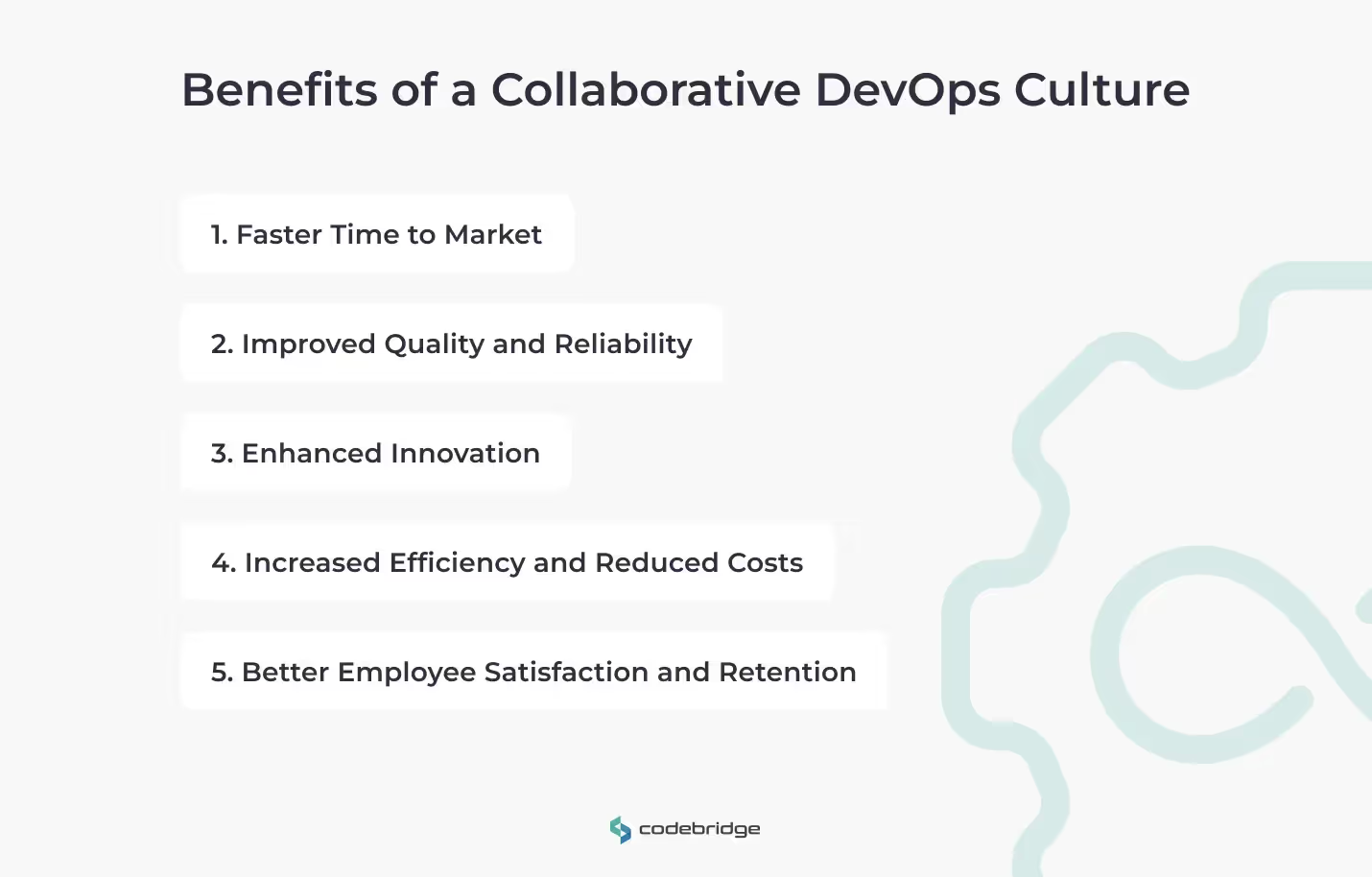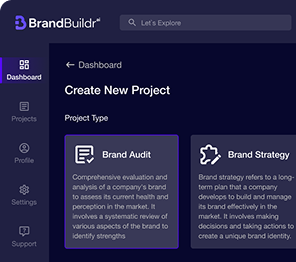In today’s fast-paced digital landscape, businesses need to innovate and deliver products faster than ever before. This need has driven the widespread adoption of DevOps, a cultural and technical movement that bridges the gap between development (Dev) and operations (Ops) teams. DevOps is more than just a set of tools or practices; it’s about fostering a culture of collaboration, continuous improvement, and shared responsibility. In this article, we will explore how organizations can build a culture of collaboration with DevOps, the benefits of such a culture, and practical steps to achieve it.
%20(1).avif)
1. Understanding DevOps as a Collaborative Culture
1.1 What is DevOps?
DevOps is a set of practices, tools, and a cultural philosophy that aim to unify software development and IT operations. The goal is to shorten the development lifecycle while delivering high-quality software continuously. DevOps emphasizes collaboration, communication, and integration between previously siloed teams, enabling them to work together more effectively.
1.2 The Importance of Collaboration in DevOps
At its core, DevOps is about breaking down the barriers between development and operations teams. In traditional software development models, these teams often worked in isolation, leading to communication gaps, delays, and conflicts. DevOps addresses these issues by promoting a collaborative culture where teams work together throughout the entire software development lifecycle, from planning and coding to testing, deployment, and maintenance.
1.3 The Role of Culture in DevOps
Culture plays a crucial role in the success of DevOps. A collaborative culture fosters trust, openness, and a shared sense of ownership among team members. When teams work together towards common goals, they are more likely to innovate, solve problems faster, and deliver better products. In contrast, a lack of collaboration can lead to misunderstandings, inefficiencies, and ultimately, project failure.

2. Benefits of a Collaborative DevOps Culture
2.1 Faster Time to Market
One of the primary benefits of a collaborative DevOps culture is the ability to deliver software faster. When development and operations teams work together, they can identify and address issues early in the development process, reducing the time it takes to bring a product to market. Continuous integration and continuous delivery (CI/CD) pipelines, a key component of DevOps, automate many tasks and ensure that code is tested and deployed quickly and reliably.
2.2 Improved Quality and Reliability
Collaboration leads to better communication and a shared understanding of project goals and requirements. This, in turn, results in higher-quality software. When teams work together, they can identify potential issues and address them before they become critical problems. Additionally, continuous testing and monitoring, both key practices in DevOps, help ensure that software is stable and reliable.
2.3 Enhanced Innovation
A collaborative culture encourages innovation. When team members feel valued and empowered to share their ideas, they are more likely to come up with creative solutions to problems. DevOps fosters an environment where experimentation is encouraged, and failure is seen as an opportunity to learn and improve. This mindset drives innovation and helps organizations stay competitive in the market.
2.4 Increased Efficiency and Reduced Costs
Collaboration and automation go hand in hand in DevOps. By automating repetitive tasks and streamlining workflows, teams can work more efficiently and focus on higher-value activities. This not only reduces the time and effort required to deliver software but also lowers costs. Furthermore, a culture of continuous improvement ensures that processes are constantly being refined and optimized, leading to long-term efficiency gains.
2.5 Better Employee Satisfaction and Retention
A collaborative culture also has a positive impact on employee satisfaction and retention. When team members feel that their contributions are valued and that they are part of a cohesive, supportive team, they are more likely to be engaged and motivated. This leads to higher job satisfaction, lower turnover rates, and a more positive work environment overall.

3. Building a Culture of Collaboration with DevOps
3.1 Start with Leadership Commitment
Building a collaborative DevOps culture starts with leadership. Senior management must be committed to fostering a culture of collaboration and providing the necessary resources and support. This includes investing in training and tools, as well as promoting open communication and transparency. Leaders should model collaborative behavior and encourage cross-functional teamwork.
3.2 Break Down Silos
One of the key goals of DevOps is to break down the silos that traditionally exist between development and operations teams. This can be achieved by creating cross-functional teams that include members from both Dev and Ops, as well as other relevant departments such as quality assurance, security, and product management. These teams should work together throughout the entire software development lifecycle, sharing knowledge, responsibilities, and goals.
3.3 Foster Open Communication
Effective communication is the foundation of collaboration. Organizations should promote a culture of open communication where team members feel comfortable sharing their ideas, concerns, and feedback. This can be facilitated through regular meetings, such as daily stand-ups, retrospectives, and cross-functional planning sessions. Collaboration tools, such as Slack, Microsoft Teams, or Jira, can also help teams stay connected and informed.
3.4 Implement Continuous Integration and Continuous Delivery (CI/CD)
CI/CD is a key practice in DevOps that enables teams to collaborate more effectively by automating the integration, testing, and deployment of code. CI/CD pipelines ensure that code is continuously tested and deployed, reducing the risk of errors and allowing teams to deliver software faster. By implementing CI/CD, organizations can create a more collaborative environment where development and operations teams work together to ensure the success of each release.
3.5 Emphasize Continuous Learning and Improvement
A culture of collaboration is also a culture of continuous learning and improvement. Organizations should encourage team members to continuously develop their skills and knowledge, both individually and as a team. This can be achieved through training programs, workshops, and opportunities for cross-training. Additionally, teams should regularly review their processes and outcomes, using retrospectives and post-mortems to identify areas for improvement and implement changes.
3.6 Encourage Experimentation and Innovation
Innovation is a natural outcome of collaboration, but it requires a culture that encourages experimentation and tolerates failure. Organizations should create an environment where team members feel empowered to try new ideas and take risks. This can be supported by providing time and resources for experimentation, as well as recognizing and rewarding innovative solutions. When failure does occur, it should be viewed as a learning opportunity rather than a setback.
3.7 Invest in the Right Tools
While culture is the most important aspect of DevOps, having the right tools is also crucial for enabling collaboration. Organizations should invest in tools that support automation, communication, and monitoring. These tools should be integrated into the development workflow, making it easy for teams to collaborate, share information, and track progress. Some popular DevOps tools include Jenkins for CI/CD, Docker for containerization, and Prometheus for monitoring.

4. Overcoming Challenges in Building a Collaborative DevOps Culture
4.1 Resistance to Change
One of the biggest challenges in building a collaborative DevOps culture is resistance to change. Team members who are accustomed to traditional ways of working may be hesitant to adopt new practices and tools. To overcome this, organizations should focus on communicating the benefits of DevOps and providing support during the transition. This includes offering training, resources, and opportunities for team members to voice their concerns and provide feedback.
4.2 Balancing Speed and Quality
Another challenge is balancing the need for speed with the need for quality. While DevOps emphasizes rapid delivery, it’s important not to sacrifice quality in the process. Organizations should implement robust testing and monitoring practices to ensure that software is reliable and meets user expectations. Additionally, teams should prioritize technical debt and allocate time for refactoring and improving code quality.
4.3 Ensuring Security and Compliance
In a collaborative DevOps environment, security and compliance must be integrated into the development process from the start. This requires close collaboration between development, operations, and security teams (a practice often referred to as DevSecOps). Organizations should implement automated security testing and monitoring tools, as well as establish clear guidelines and processes for ensuring compliance with industry standards and regulations.
DevOps is not just about tools — it's about building a culture where collaboration and shared responsibility lead to continuous improvement and innovation.
Conclusion
Building a culture of collaboration with DevOps is essential for organizations that want to stay competitive in today’s fast-paced digital world. By fostering a collaborative environment, organizations can achieve faster time to market, improved quality, enhanced innovation, increased efficiency, and better employee satisfaction. However, building this culture requires commitment from leadership, the right tools and practices, and a focus on continuous learning and improvement.
As organizations continue to embrace DevOps, those that succeed in building a collaborative culture will be better positioned to deliver high-quality software, adapt to changing market demands, and achieve long-term success.

Heading 1
Heading 2
Heading 3
Heading 4
Heading 5
Heading 6
Lorem ipsum dolor sit amet, consectetur adipiscing elit, sed do eiusmod tempor incididunt ut labore et dolore magna aliqua. Ut enim ad minim veniam, quis nostrud exercitation ullamco laboris nisi ut aliquip ex ea commodo consequat. Duis aute irure dolor in reprehenderit in voluptate velit esse cillum dolore eu fugiat nulla pariatur.
Block quote
Ordered list
- Item 1
- Item 2
- Item 3
Unordered list
- Item A
- Item B
- Item C
Bold text
Emphasis
Superscript
Subscript





















.avif)



.avif)

.avif)


